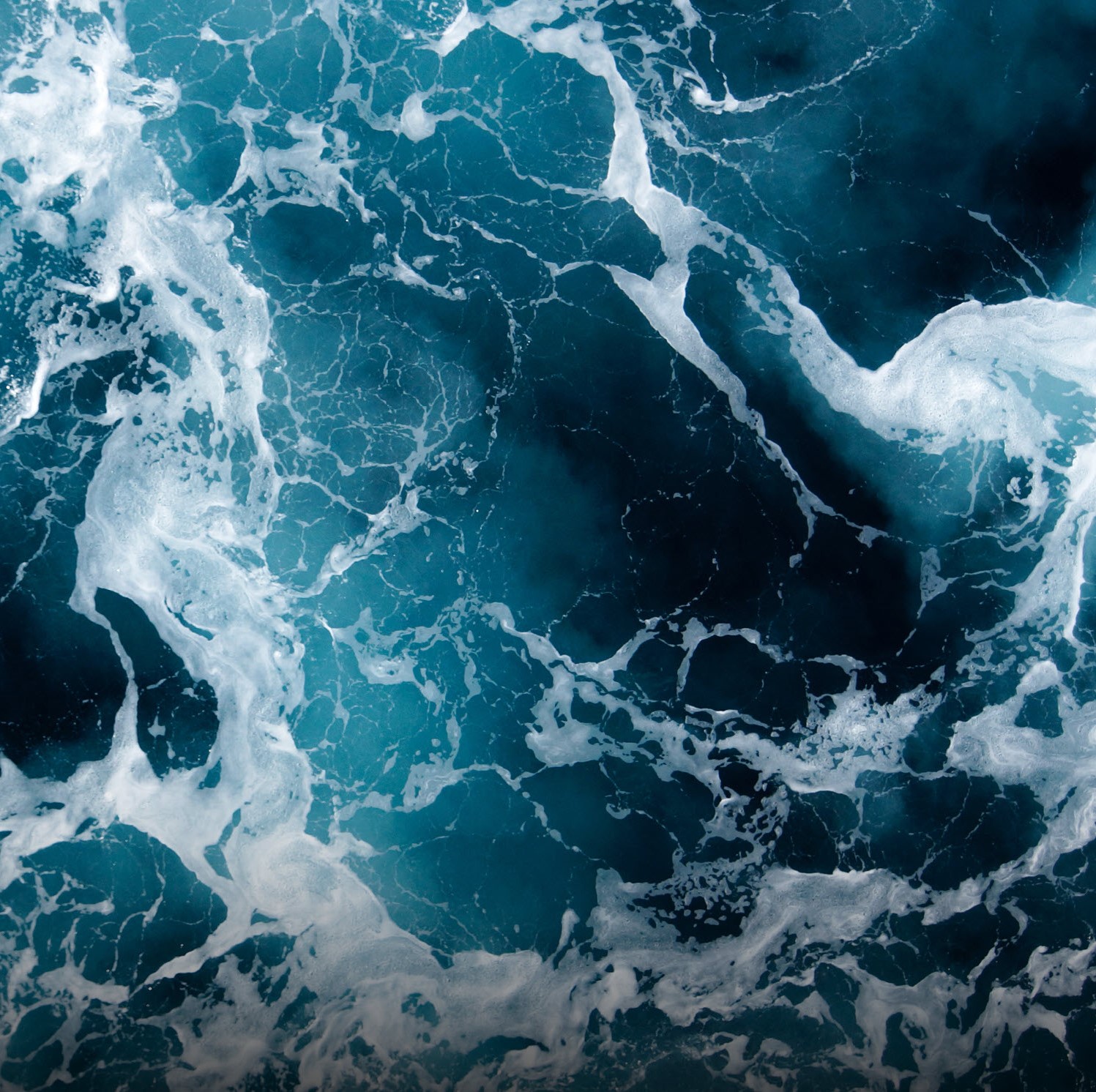
Brandon Dugan’s transdisciplinary contributions, which couple pore pressure, fluid flow, and the evolution of sediment properties, are a crucial pillar of the geohazard research highlighted in the International Ocean Discovery Program (IODP) science plan. His novel approaches shed light on the fundamental physical processes operating at granular to regional scales by combining field experiments with robust and experimentally validated models.
Brandon’s early work laid the theoretical foundation tested on IODP Expedition 308, “Gulf of Mexico Hydrogeology.” The mechanism for overpressure generation and slope failure that he pioneered has since been adopted elsewhere and continues to guide research in this arena. As part of the Nankai Trough Seismogenic Zone Experiment (NanTroSEIZE), he sailed on Expedition 322, served as the hydrogeology planning group leader for NanTroSEIZE Stage 2, and was co–chief scientist for Expedition 338. Through these projects, Brandon showed how sediment fabric, porosity, and permeability evolve during consolidation and provided basic information to support models of fluid flow, overpressure development, and slope stability. In 2016, Brandon coled Expedition 362 and in a collaborative effort with members of the science party, documented complete dehydration of silicates before plate subduction, expanding on prevailing models of subduction seismogenesis. Processes such as these, which take place outboard of the deformation front, are key to understanding the behavior of plate boundary seismogenesis and tsunami generation.
Brandon’s research has been expanding beyond slope stability and seismogenic themes to multiple directions that encompass both observation and theory. For example, the integration of numerical modeling and IODP data toward understanding gas hydrate dynamics in Hydrate Ridge and the Kumano basin has important linkages to carbon cycling. He recently spearheaded an integrated offshore–onshore drilling program to understand freshwater resources along the New England continental shelf that will address how glacial dynamics, sea level variations, and groundwater flow have emplaced large volumes of fresh water in offshore sediments. This pioneering research has direct and immediate societal relevance, as traditional freshwater resources are declining due to overexploitation and climate change.
Brandon has made extraordinary contributions to the ocean drilling program. He has served the IODP community in many advisory capacities, including as a long-term member of the Environmental Protection and Safety Panel and as a leader or steering committee member of various workshops. Noteworthy is the workshop Engaging Early Career Scientists in Future Scientific Ocean Drilling, which illustrates Brandon’s commitment to engage, train, and motivate early-career scientists to take an active role in IODP, a key effort to ensuring the success and long-term vitality of the program.
—Marta E. Torres, Oregon State University, Corvallis

The International Ocean Discovery Program cored Sites U1517 (Tuaheni landslide) and U1519 (Tuaheni Basin) on the Hikurangi slope, North Island, New...






